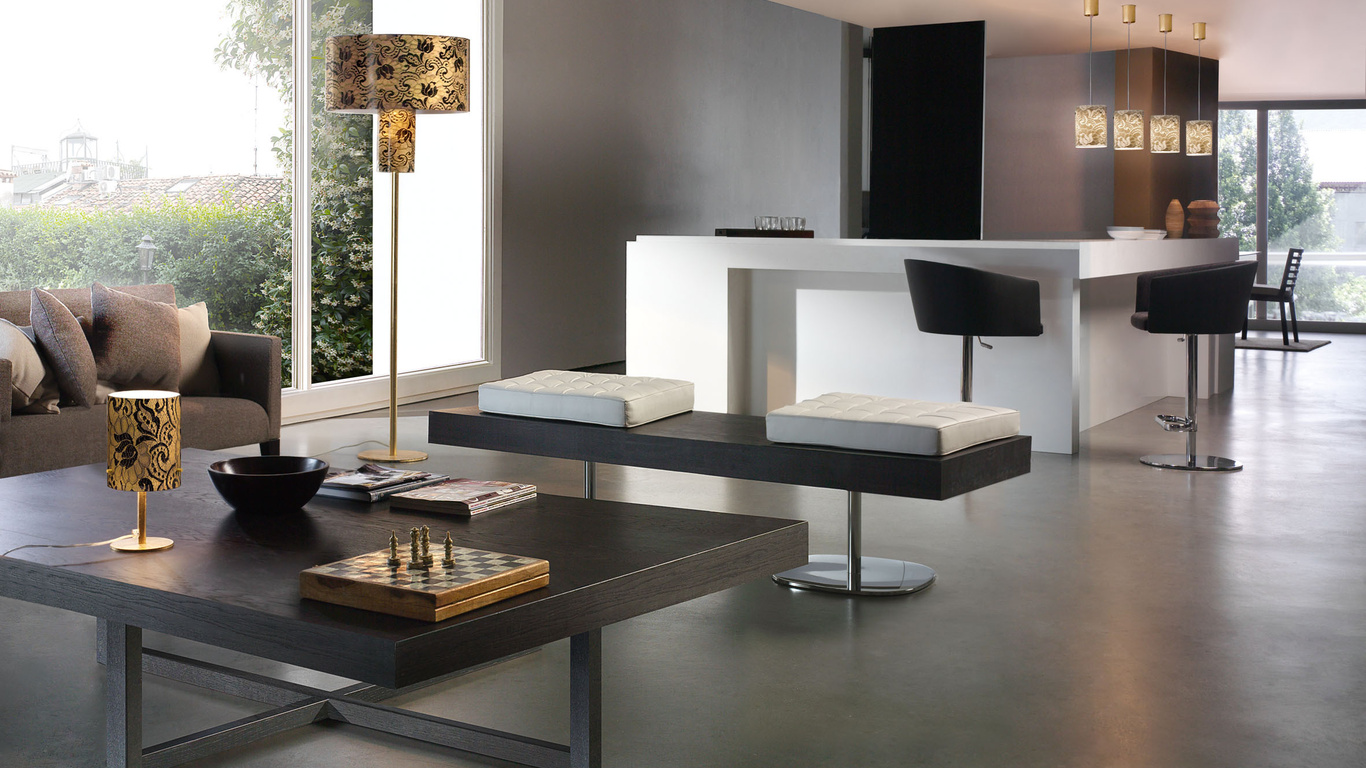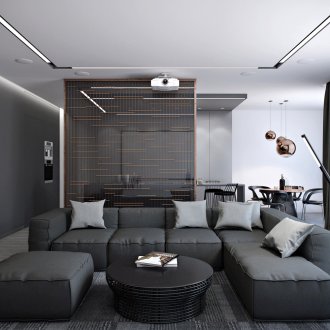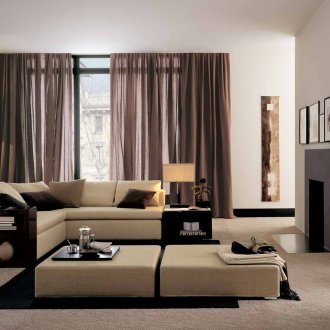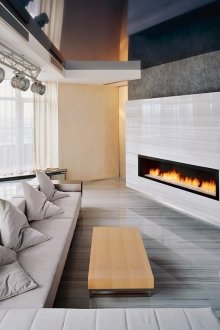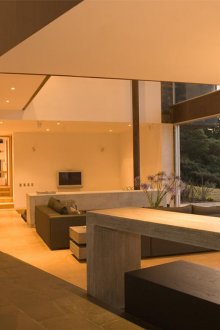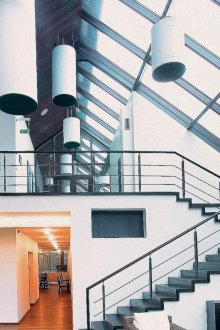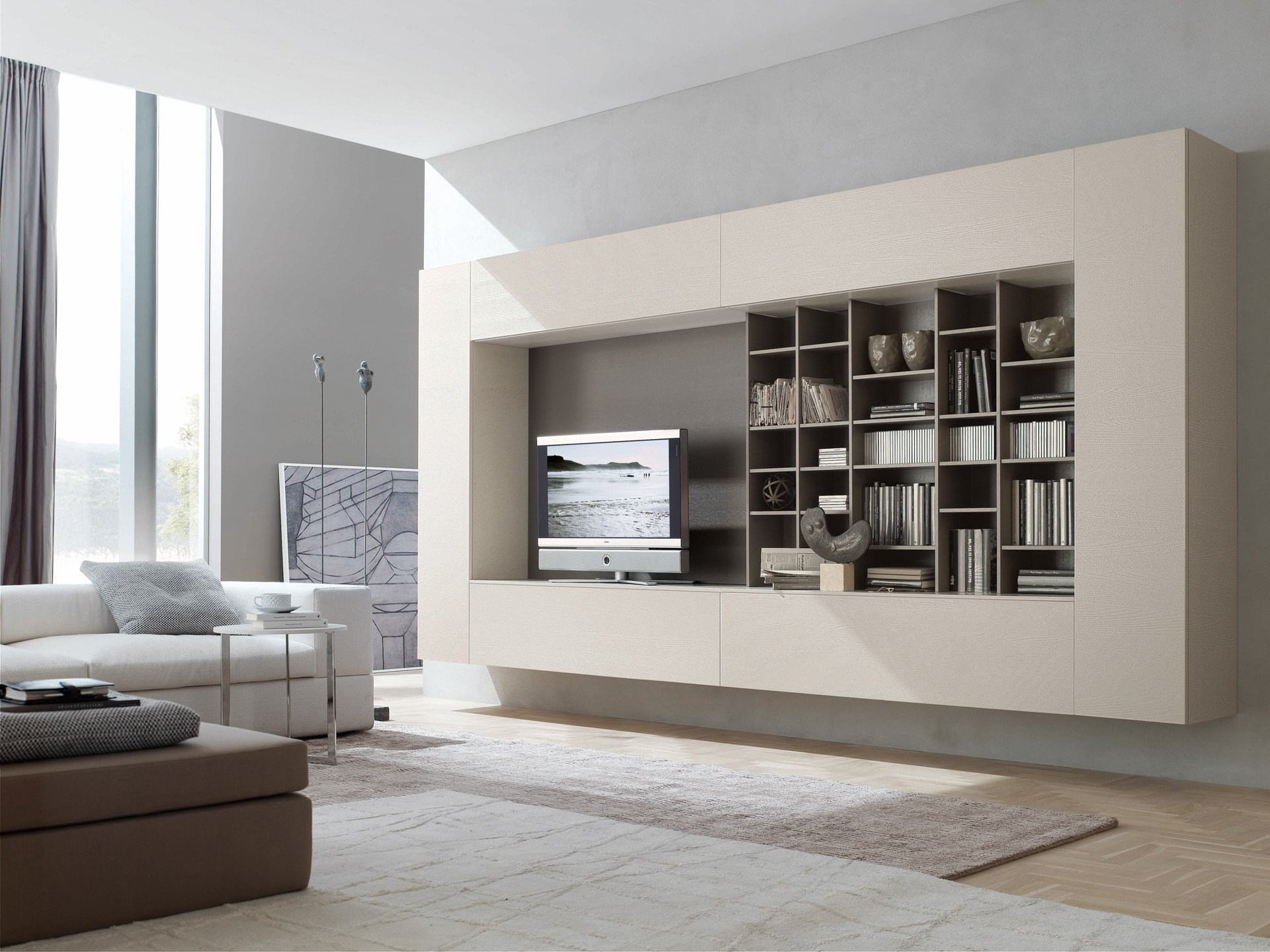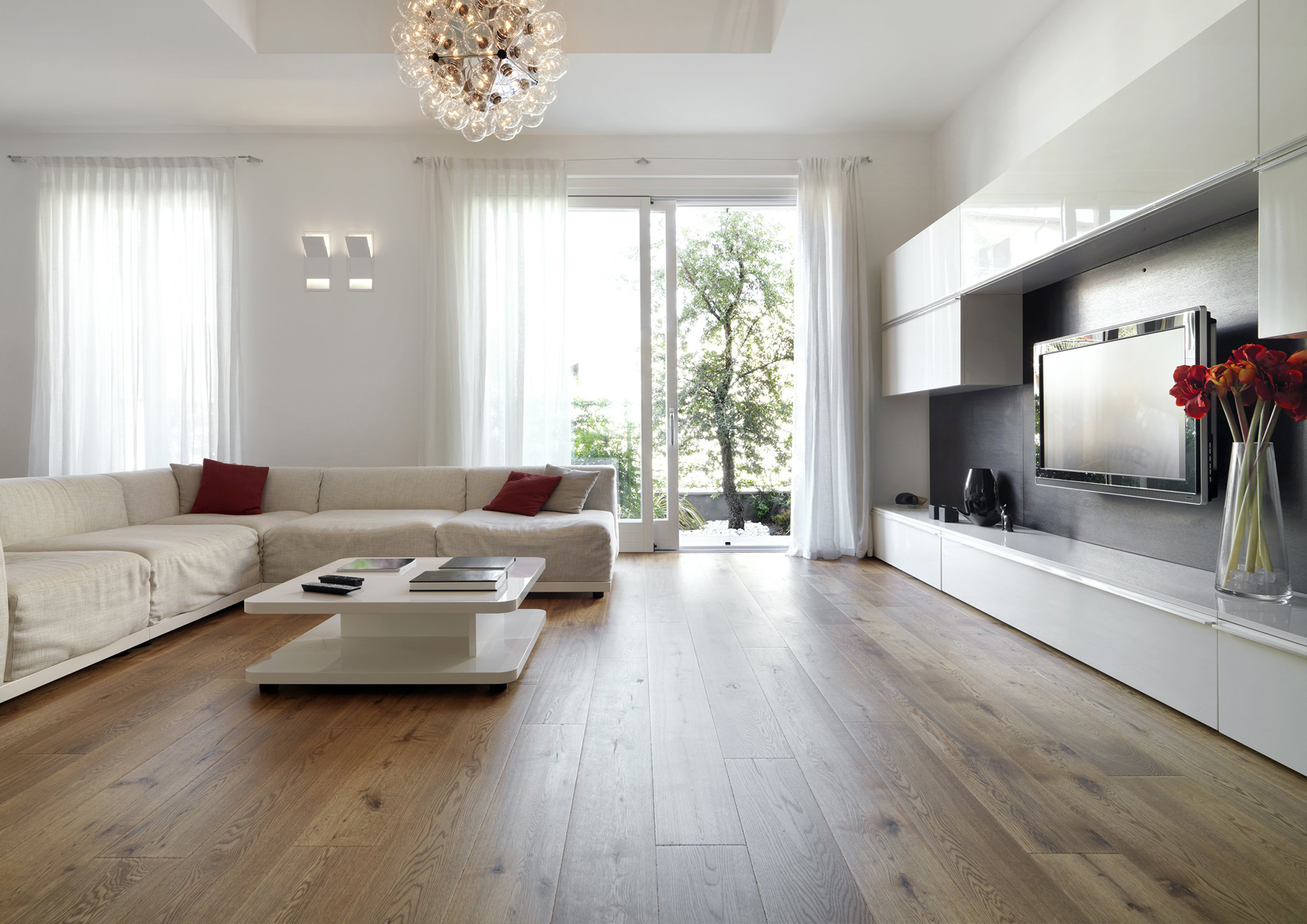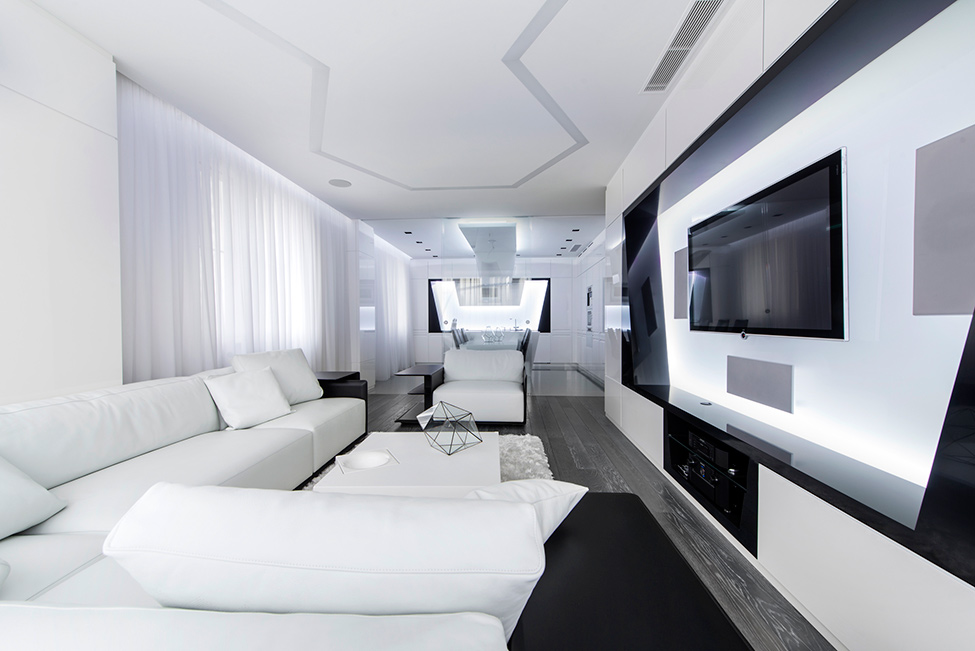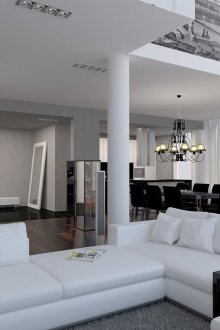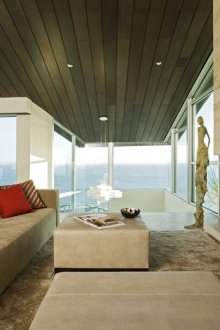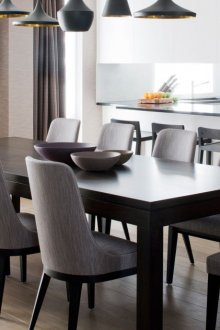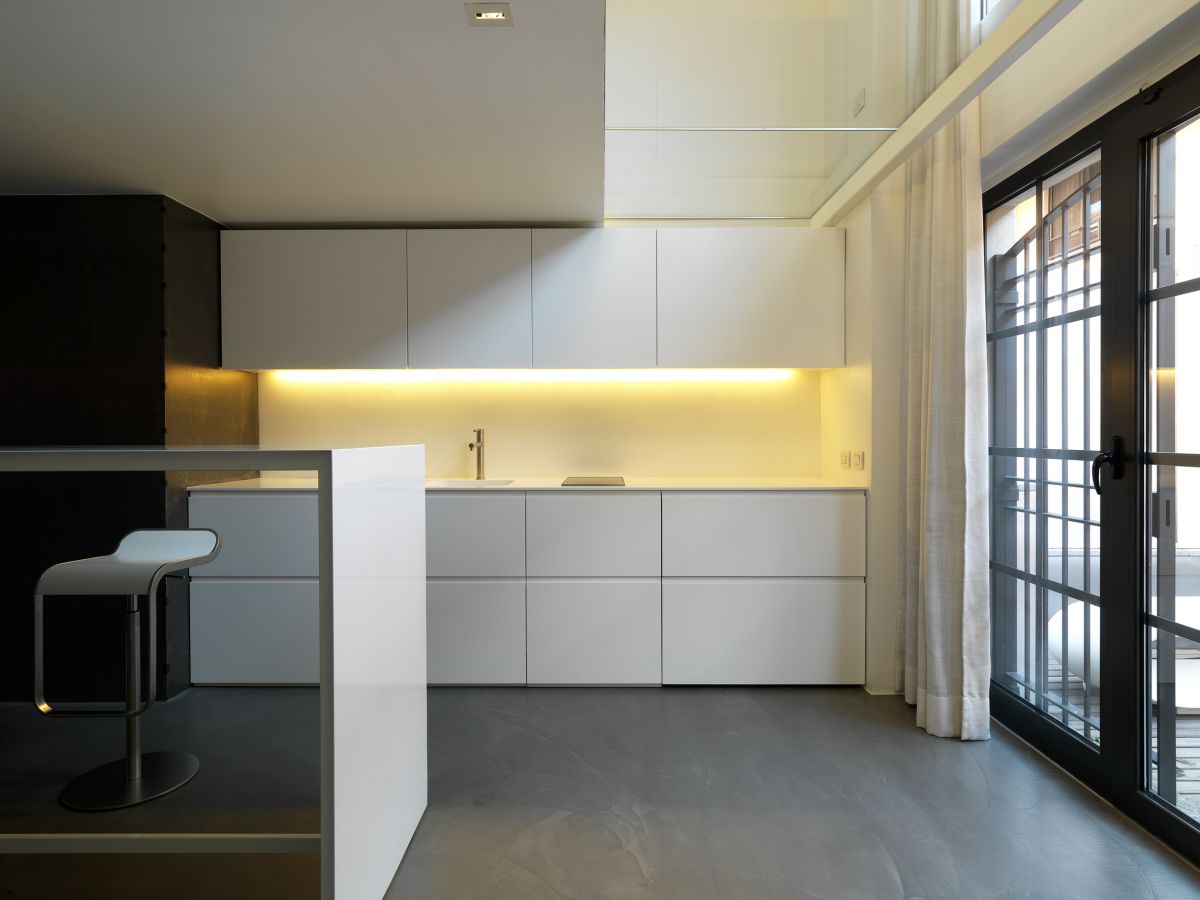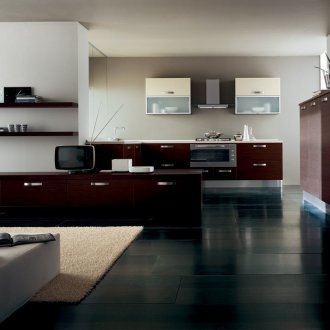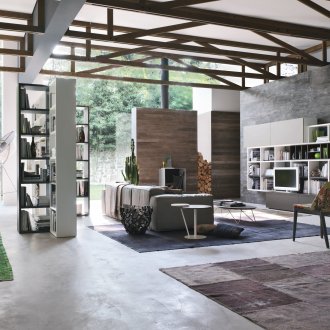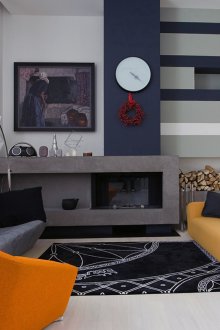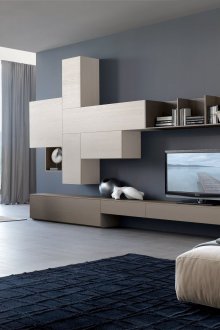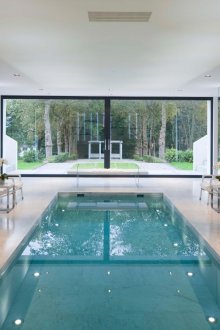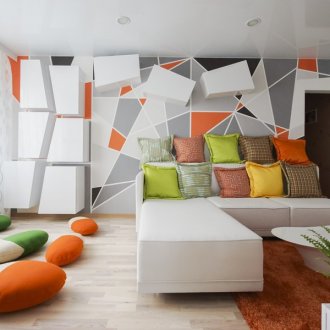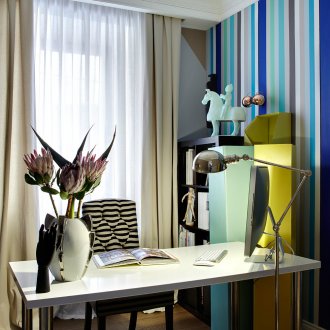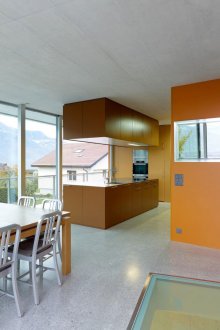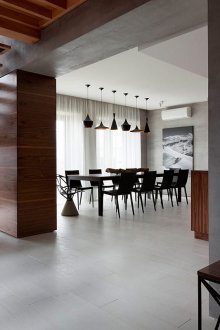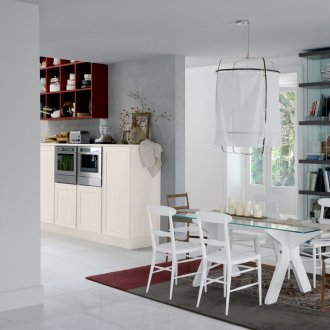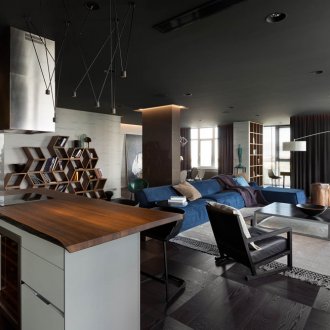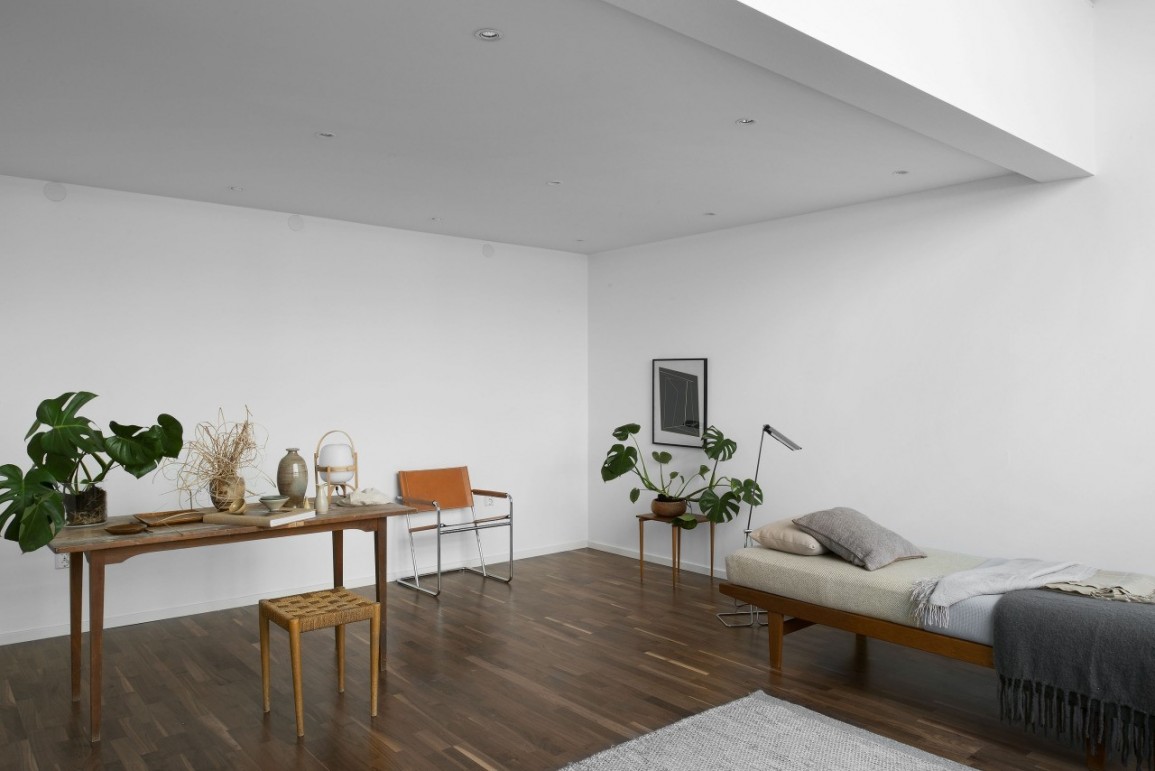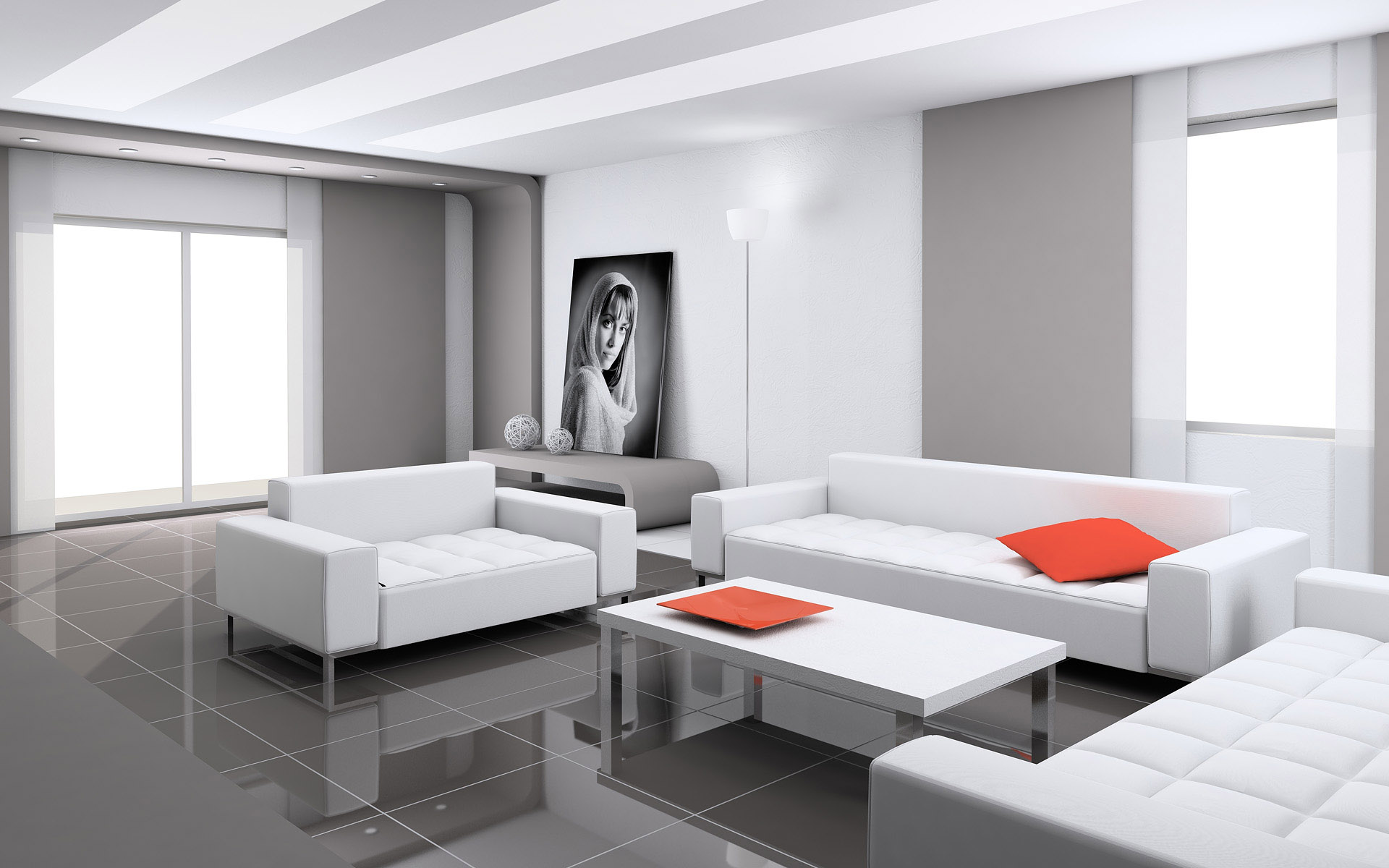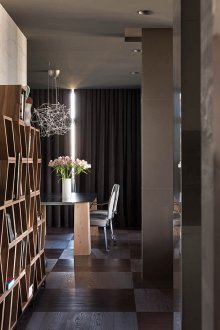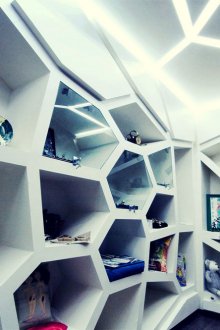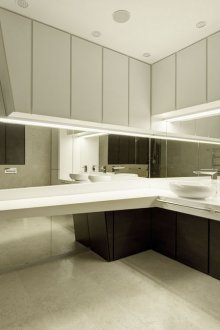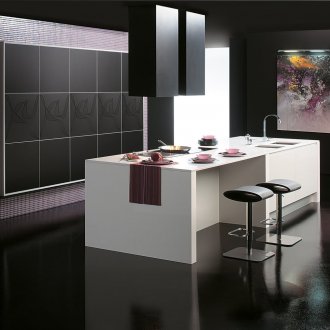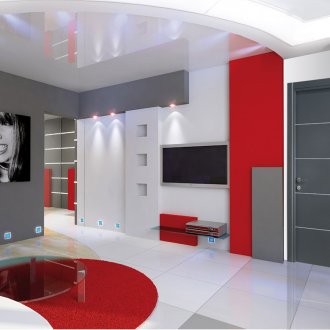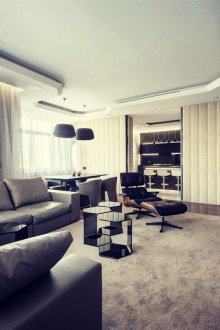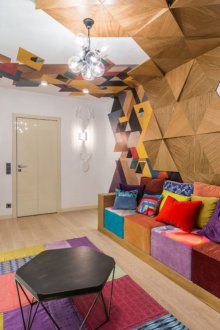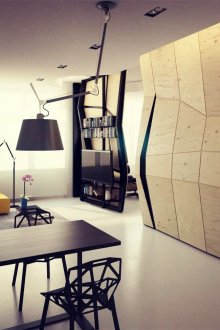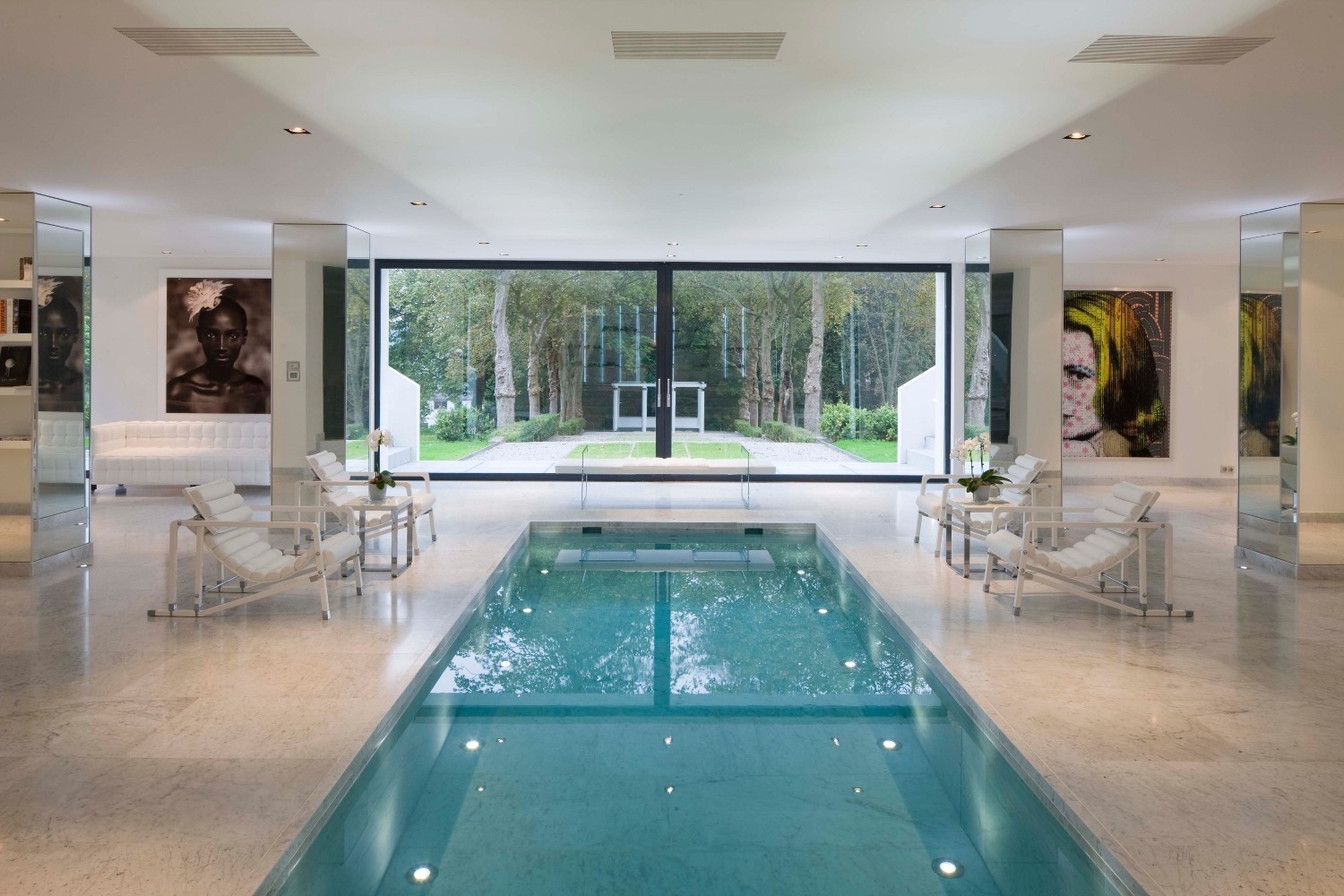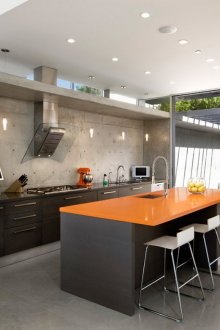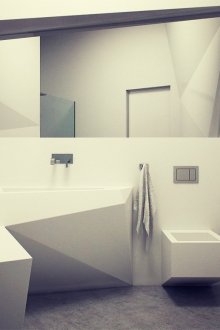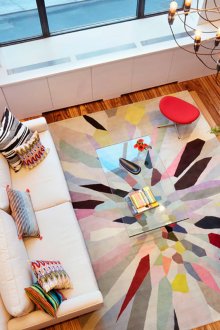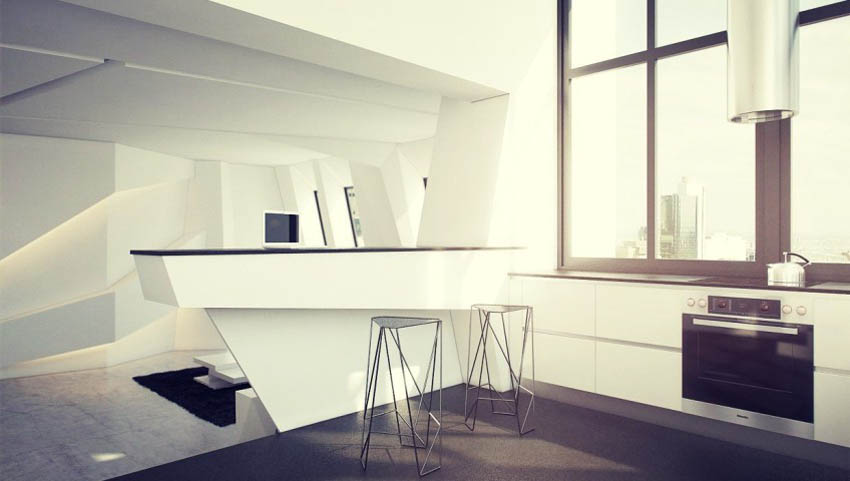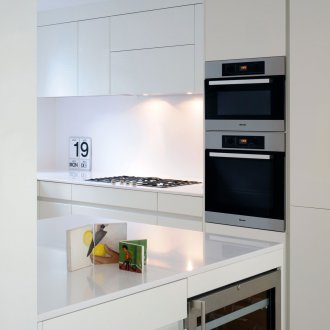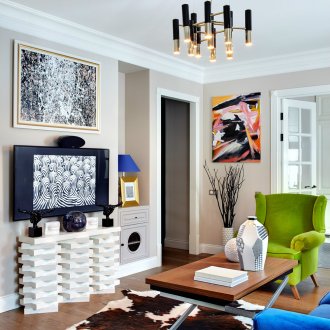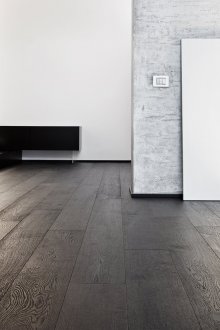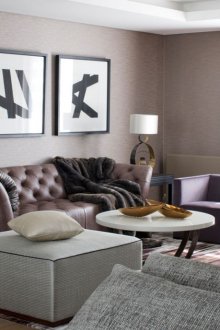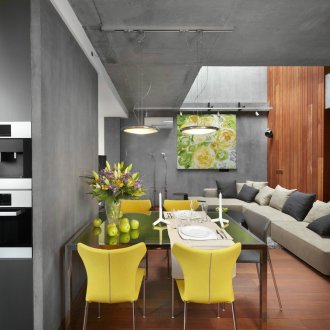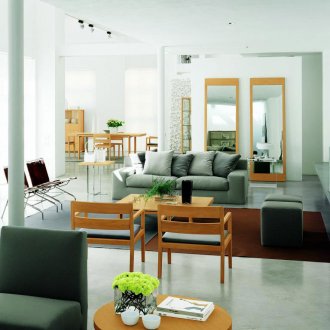Constructivism in the interior (50 photos): beautiful design projects of apartments
Content
The constructivism style originated in the 30s of the twentieth century. In architecture and interior design, there is an acute need for a functional, simple and practical style direction. Designers supported this idea, in turn, adding constructivism to a special aesthetic. Today it is the most popular among style trends.
The dominant constructivism is its ultimate rationalism in everything, no florid ornaments, complex patterns or sophisticated lines. The essence of constructivism lies in the rigor of geometric shapes, in the clarity of color separation, and, of course, in the practicality of materials.
Increasingly, active young people who seek to subordinate life to a specific routine prefer constructivism, while absolutely not depriving themselves of the right to originality. The restraint of the situation is not evidence of avarice of either a material or psychological plane. On the contrary, it is an indicator of the high spiritual world of apartment owners.
General characteristics of the style
The decor in constructivism is not just extremely restrained, it seeks to absolutely avoid unsystematic and excessive variegation. This style served as the basis for the branch of such a trend as high-tech. Its main goal is multifunctionality of capabilities, while maintaining the general rigor of lines and shapes, which is easily achieved with the help of productive constructivism in furniture production, as well as new-fashioned built-in furniture of the latest models.
Lighting
Constructivism primarily appreciates natural lighting. Large window openings do a good job of this. Therefore, here, just in time, there will be panoramic windows or floor windows, a large window with a door and the possibility of access to a terrace or balcony. Curtains for this style are an absolute taboo; in extreme cases, you can hang lightweight blinds or blinds. When distributing artificial light, the main requirement will be its expediency.
The chandelier, like all other lighting fixtures, should be located where they are most needed, where you can not do without them. Lamps, chandeliers and sconces are required to have only the correct geometric shape, without busting and excessive pathos.
Constructivism color scheme
Usually in the constructivism color palette monotony prevails. At the same time, the right to bold and bright accents is retained. The most popular options: a combination of light gray or white with black, red, dark gray tones, light green. As a rule, three shades can dominate, excessive busting can deprive the interior of integrity. Stonework or woodwork in the constructivism style will look more like aliens, instead of a conceived main background they will become a separate bright and absolutely undesirable object.
Decoration Materials
Constructivism does not require large financial investments from you, as the interior uses the most inexpensive materials, such as glass, plastic and metal. After all, the main purpose of the style is not appearance, but the satisfaction of the real needs of the customer. The aesthetic side of constructivism is quite extraordinary.The notes of elegance, nevertheless, are traceable, they are made by glass surfaces, chrome details, extravagant textiles, as well as bright accents. Laconicism is inherent only in independent styles, such as constructivism.
Space sharing
The ideal distribution of free space in constructivism excludes its division into rooms, it implies only zoning of the room with the help of furniture and a color palette. Well, the most characteristic aspect of this style is an empty space filled with daylight, minimalism and a large amount of air.
Furniture and its background
In this case, one cannot underestimate the merit of the furniture and its proper arrangement, thanks to which it becomes monolithic, as if it were one with the room. Cabinet furniture seems to grow from the walls, and tables and upholstered furniture gradually grows to the floor. Such an effect is achievable through the use of clear, geometrically correct lines and shapes, and also through exposure to one primary color.
In the pre-war era, people treated furniture as a luxury. And for good reason, because it was decorated, as they could, with all kinds of carvings and the most extravagant ornament. Constructivists of that era offered a completely different view of furniture, discarding everything related to the aesthetic side, left only their direct purpose. Since the production of that time was as overloaded as possible, given that after the war and revolutions, many people lost their homes, not to mention the household side of the household. Therefore, the people needed the most basic things: they needed a chair, a table and a bed. Mass production became possible only after a global change in the product itself, no stucco molding and decorative details. Furniture was just furniture. And carried only a functional load. In the modern world, constructivism is easily recognizable by countless shelves along walls and exposed structures.
Ceiling
Modern constructivism is not very different from the style direction of the 1920s and 1930s; its main slogan still sounds like "minimalism and rigor." But the ceiling has undergone some modifications. In those days, they could not boast of a stretch ceiling or a plasterboard ceiling, especially of a multi-level form. But in fact, it is not surprising, because progress has not yet reached the then constructivism.
For whom is this style in the interior suitable?
In an apartment with such a style, the owners will not have to relax; on the contrary, constructivism sets up and even inspires a workflow. In addition to this, the situation will gradually lead you to the desire for self-knowledge and the development of personal qualities and character traits.
The next type of people for whom the constructivism style will be close are great researchers, restless experimenters or scientists. A huge advantage of this experiment is its low cost.
The style performs well in rooms of all sizes, even the smallest. Its main advantage is conciseness and simplicity, these simple qualities will allow you to breathe life into the most cramped and seedy space, filling its image with light and comfort.
Conclusion
Of course, the constructivism style under the weight of centuries was transformed, there were not only suspended ceilings, but also modular and built-in furniture, plasma and LCD TVs. What can I say, all the equipment has undergone such reforms that sometimes it is no longer recognizable. But the constructivism style has remained unchanged, the main thing is nothing superfluous, no ribbons and bows.
